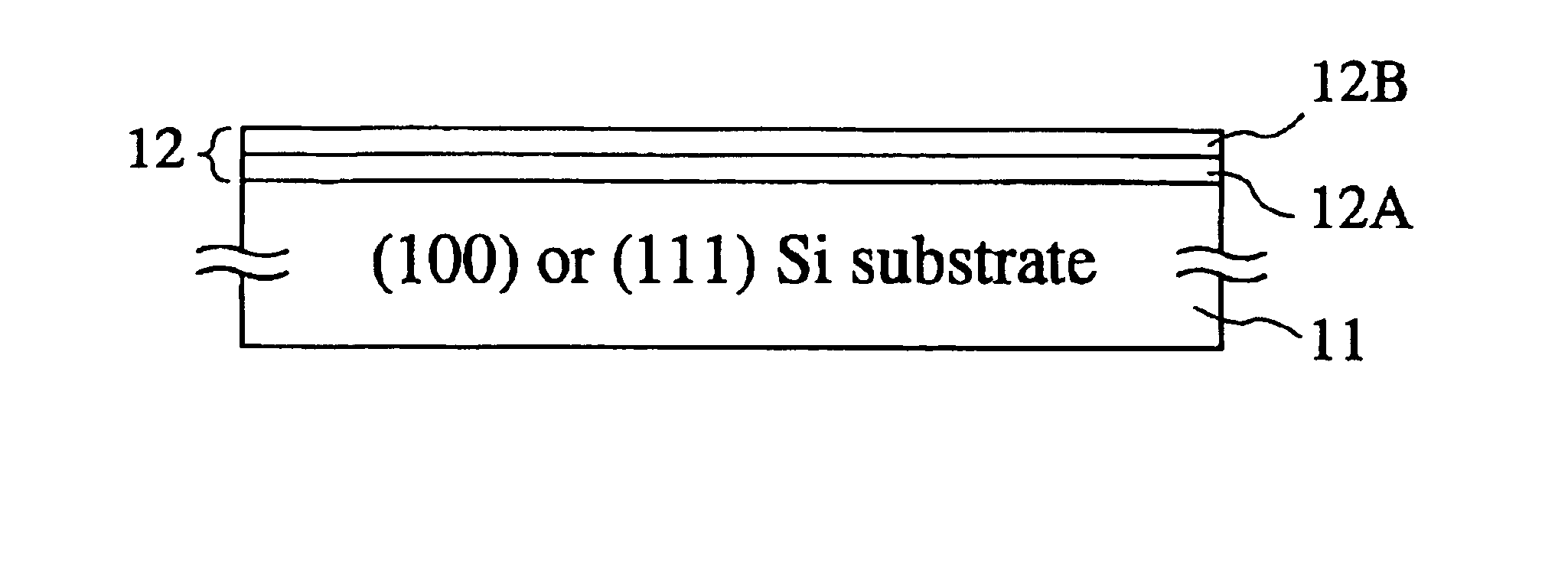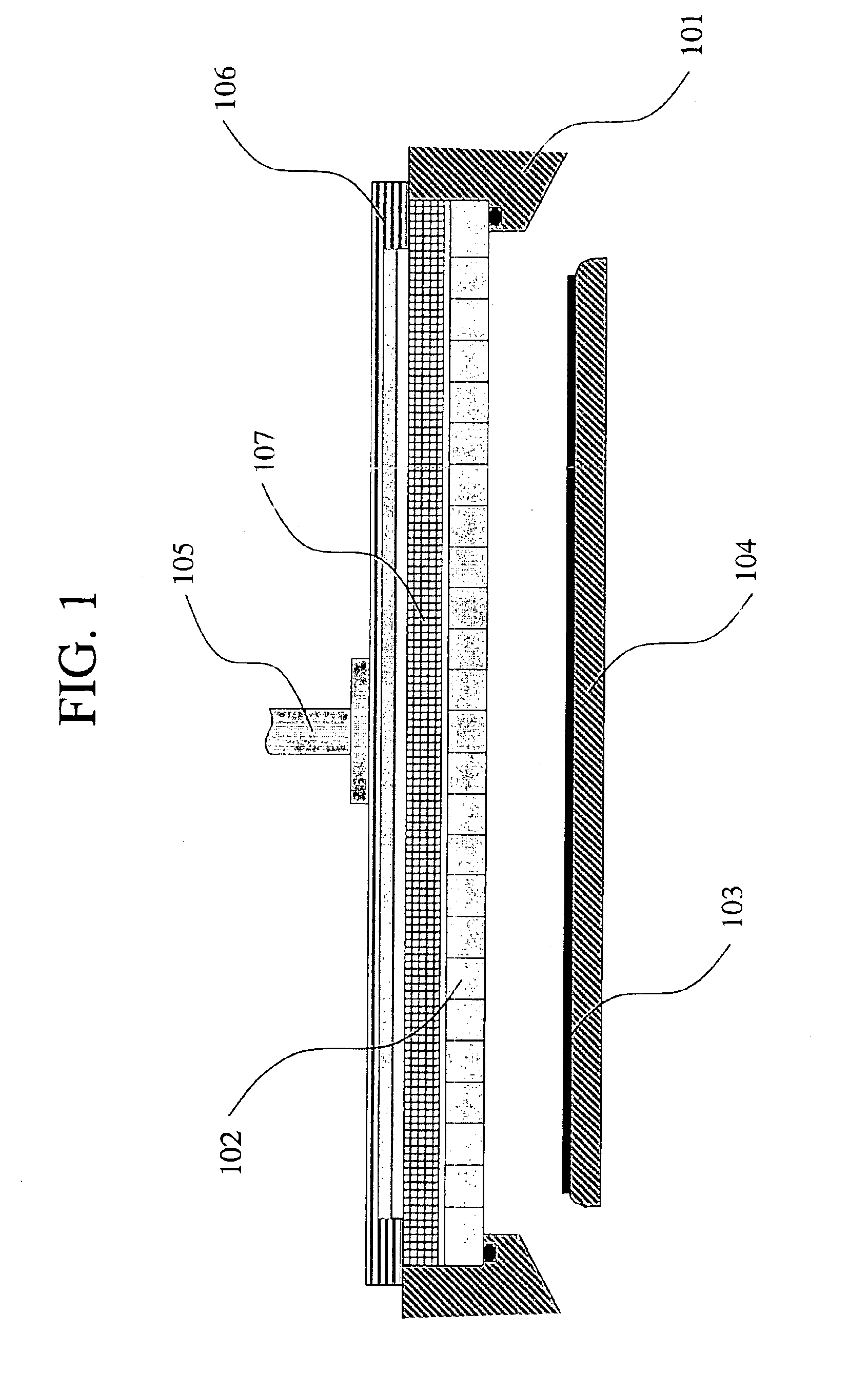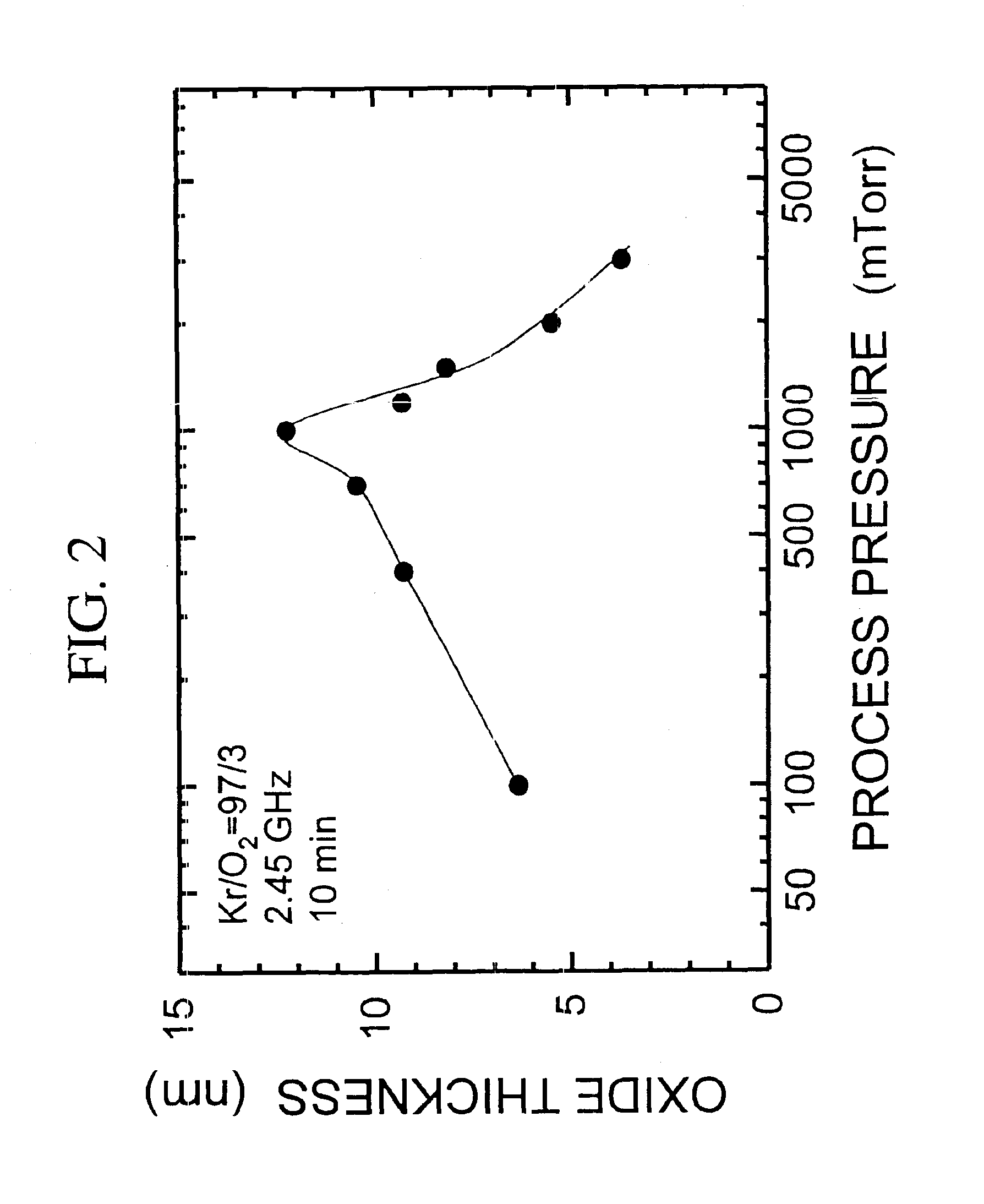Semiconductor device formed on (111) surface of a Si crystal and fabrication process thereof
a semiconductor device and surface technology, applied in semiconductor devices, digital storage, instruments, etc., can solve the problems of poor breakdown voltage characteristics or poor leakage current characteristics of the oxide film thus formed, deterioration of the device performance, and inability to form a mis transistor with a large driving power, etc., to achieve the effect of large driving power
- Summary
- Abstract
- Description
- Claims
- Application Information
AI Technical Summary
Benefits of technology
Problems solved by technology
Method used
Image
Examples
first embodiment
[First Embodiment]
[0087]Next, a description will be made on a semiconductor device according to a first embodiment of the present invention that uses a two-layer structure of low-temperature oxide film and nitride film formed in a plasma for the gate insulation film.
[0088]In the present embodiment, the substrate processing apparatus of FIG. 1 is used for the formation of the oxide film and nitride film. Thereby, Kr is used for the plasma gas.
[0089]Referring to FIG. 1, the vacuum vessel (processing chamber) 101 is evacuated to a vacuum state and a Kr gas and an O2 gas are introduced into the processing chamber 102 from the shower plate 102 such that the pressure inside the processing chamber 101 is set to about 1 Torr. Further, the temperature of the silicon wafer is set to about 450° C.
[0090]Next, a microwave having the frequency of 2.45 GHz is introduced into the processing chamber from the coaxial waveguide 105 through the radial line slot antenna 106 and the dielectric plate 107,...
second embodiment
[Second Embodiment]
[0100]FIG. 11A shows a typical conventional STI structure.
[0101]Referring to FIG. 11A, the STI structure is formed by the steps of forming a device isolation groove by applying a plasma etching process to the surface of a Si substrate 1003, depositing a Si oxide film 1002 on the surface of the Si substrate 1003 thus formed with the device isolation groove by a CVD process, and planarizing the Si oxide film 1002 thus deposited by a CMP process, and the like, to remove the Si oxide film from the surface of the Si substrate 1003.
[0102]After the foregoing polishing step by the CMP process, the exposed Si substrate surface is subjected to a sacrificing oxidation process at 800-900° C., and the Si oxide film formed as a result of the sacrificing oxidation process is etched by an agent containing HF. Thereby, a highly clean Si substrate is obtained.
[0103]The clean substrate surface thus obtained is further cleaned by using an RCA cleaning process, and the like, and a gat...
third embodiment
[Third Embodiment]
[0110]FIG. 12 is a cross-sectional diagram showing the schematic construction of a ferroelectric memory device according to a third embodiment of the present invention.
[0111]Referring to FIG. 12, the ferroelectric memory device is constructed on a Si substrate in which a p-type well 1101 is formed, wherein the p-type well 1101 is formed with a source region 1102 and a drain region 1102′ of n-type. Further, a Si nitride film 1103 is formed on the Si substrate with a thickness of 5 nm as the gate insulation film, wherein the nitride film 1103 is formed by the foregoing Ar / NH3 plasma processing conducted at the temperature of 400° C. Further, a polysilicon gate electrode 1104 of n-type is formed on the gate insulation film 1103.
[0112]Further, a Si nitride film 1105 is formed on the polysilicon gate electrode 1104 with a thickness of 5 nm by conducting the foregoing Ar / NH3 plasma nitriding processing at the temperature of 400° C., and a ferroelectric film 1106 of SrTaN...
PUM
| Property | Measurement | Unit |
|---|---|---|
| temperature | aaaaa | aaaaa |
| temperature | aaaaa | aaaaa |
| angle | aaaaa | aaaaa |
Abstract
Description
Claims
Application Information
 Login to View More
Login to View More - R&D
- Intellectual Property
- Life Sciences
- Materials
- Tech Scout
- Unparalleled Data Quality
- Higher Quality Content
- 60% Fewer Hallucinations
Browse by: Latest US Patents, China's latest patents, Technical Efficacy Thesaurus, Application Domain, Technology Topic, Popular Technical Reports.
© 2025 PatSnap. All rights reserved.Legal|Privacy policy|Modern Slavery Act Transparency Statement|Sitemap|About US| Contact US: help@patsnap.com



